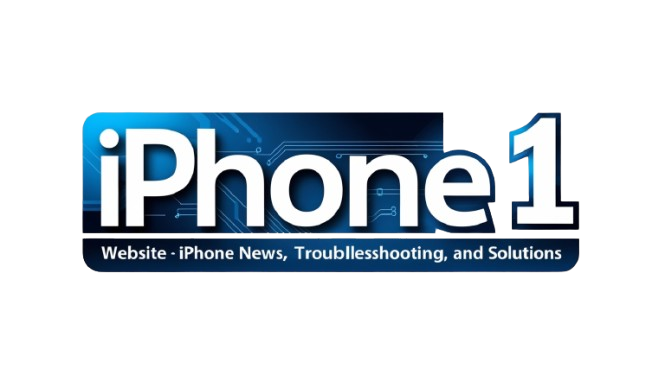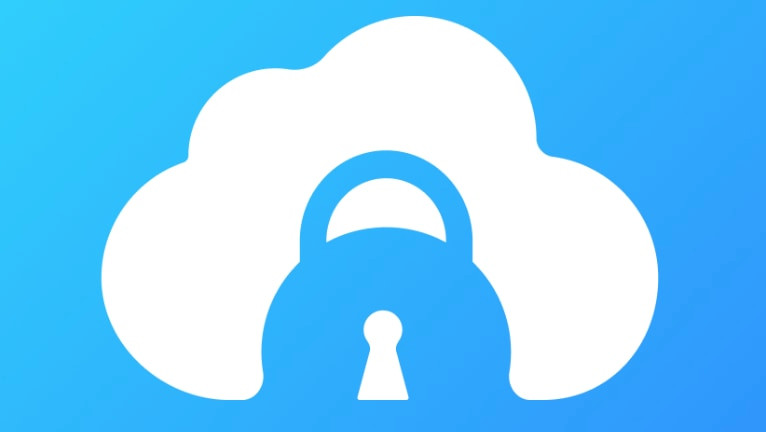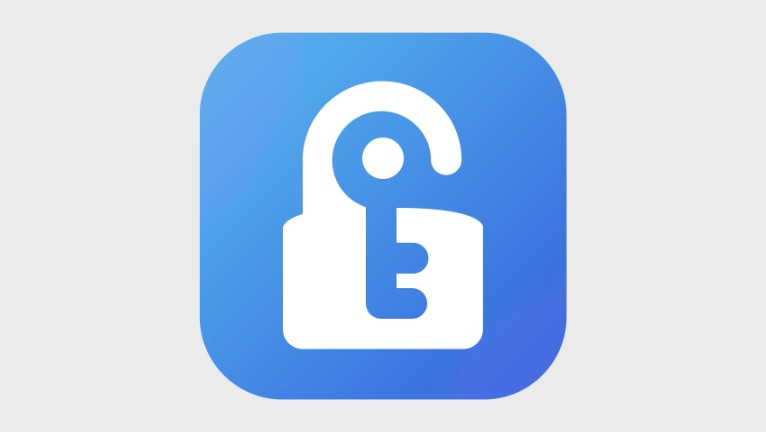Safeguarding Your Apple Watch: Understanding and Utilizing Activation Lock
Apple’s Activation Lock is a robust security feature designed to protect your Apple Watch in case of loss or theft. This sophisticated system links your device to your Apple ID, creating a formidable barrier against unauthorized use. Let’s explore how Activation Lock works and how you can leverage its power to keep your wearable safe.
How Activation Lock Shields Your Apple Watch
Activation Lock engages automatically when you enable Find My on your paired iPhone. This crucial step links your Apple ID and password to your Apple Watch, making it virtually unusable to anyone else. Attempting to reset the watch, pair it with a new iPhone, or turn off Find My will require your Apple ID credentials. Think of it as a digital padlock, securing your device and the personal information it holds.
Should your Apple Watch go missing, Find My offers a suite of tools to assist in its recovery. You can pinpoint its location on a map, trigger a sound to help you locate it nearby, or remotely erase its contents to safeguard your data. Even if erased, the Activation Lock remains in place, rendering the device useless to a thief and significantly reducing its resale value. This powerful deterrent helps discourage theft and increases the likelihood of recovering your Apple Watch.
Navigating Activation Lock Challenges
Encountering an Apple Watch stuck on Activation Lock can be frustrating. Typically, this occurs when acquiring a pre-owned device without the original owner’s Apple ID and password. Powering off the watch won’t resolve the issue, as the lock persists. Accessing the Watch app on your iPhone or the iCloud website requires those credentials to disable Find My and remove the lock.
Unofficial iCloud Activation Lock Removal Services: Proceed with Caution
Numerous online services claim to bypass Activation Lock. These services typically request the Apple Watch serial number and a fee. However, the legitimacy and effectiveness of these services are questionable. It’s crucial to exercise extreme caution and thoroughly research any third-party service before considering their use. Remember, Apple designed Activation Lock to be robust, and bypassing it through unofficial means may carry risks.
Retrieving a Lost or Stolen Apple Watch
If your Apple Watch disappears, swift action can increase your chances of recovery. Utilize Find My on your iPhone or iCloud.com to locate your device on a map, play a sound to help you find it if it’s nearby, or remotely erase its data to protect your privacy. Activating Lost Mode locks your watch with a custom message and contact number, further aiding in its return. For detailed instructions, refer to Apple’s support documentation on handling a missing Apple Watch. Statistics show that a significant percentage of lost Apple devices are recovered thanks to these features.
Preparing Your Apple Watch for Sale or Service
Before selling, gifting, or sending your Apple Watch for repair, it’s essential to disable Activation Lock. This simple process involves turning off Find My on your paired iPhone. Failure to do so will prevent the new owner or Apple technicians from using the device. Detailed instructions can be found on Apple’s support website regarding preparing your device for sale or trade-in. Checking for Activation Lock before purchasing a used Apple Watch is equally important to avoid inheriting a locked device.
Activation Lock Across the Apple Ecosystem
Activation Lock extends beyond the Apple Watch, safeguarding a range of Apple devices, including iPhones, iPads, Macs, and AirPods. This comprehensive security approach reinforces Apple’s commitment to protecting user data and deterring theft across its product lineup. For device-specific information, consult Apple’s support resources.




